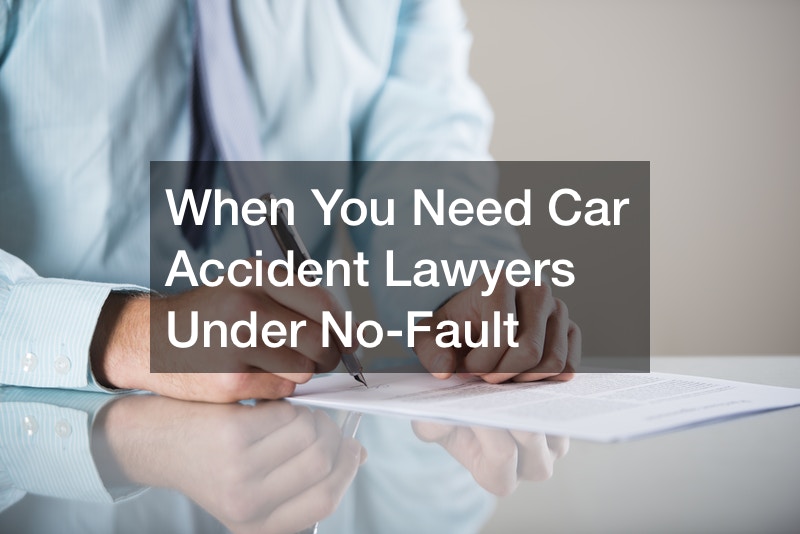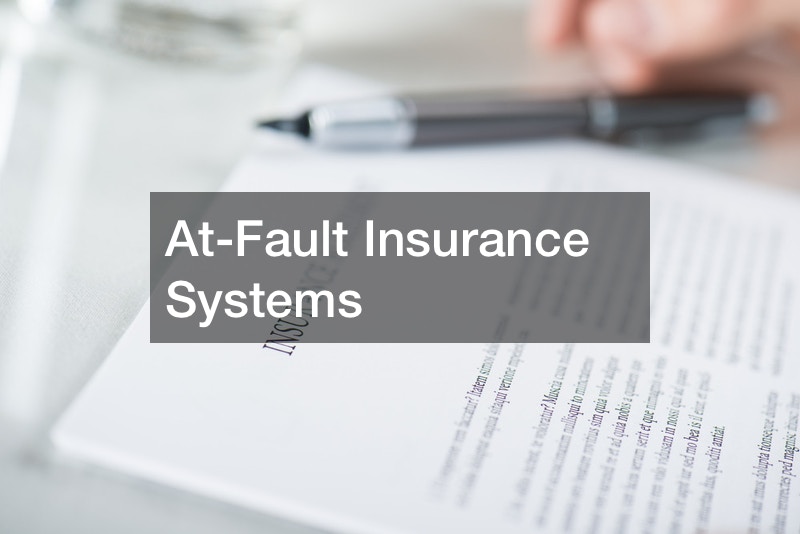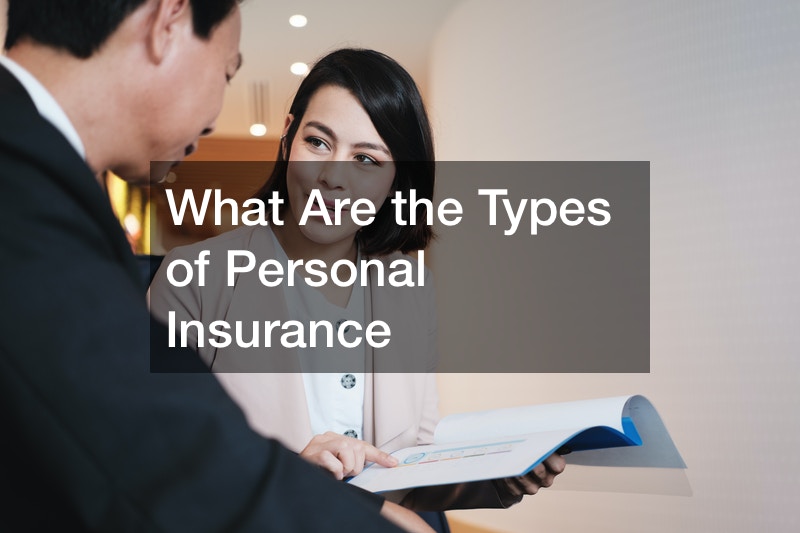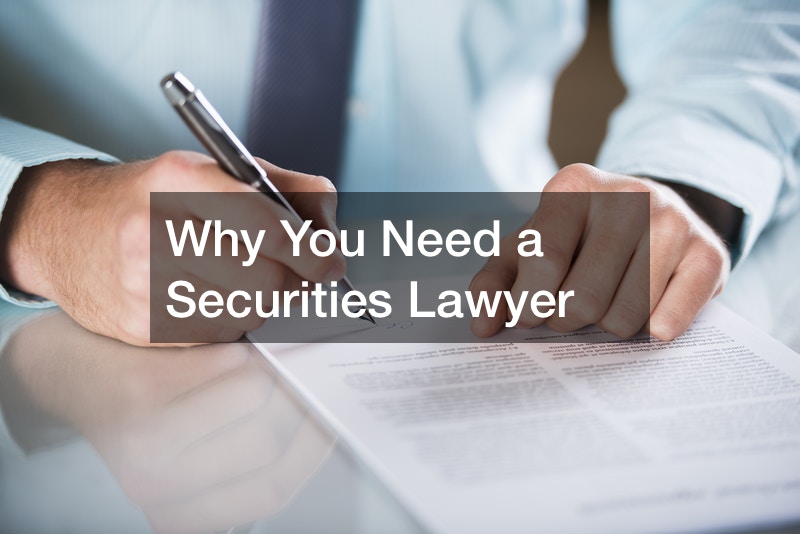
According to the Insurance Institute for Highway Safety, Florida is among the top ten in highway deaths. Florida is also in the top three states for alcohol-related traffic accidents.
This means that many Florida drivers are injured or killed in car accidents through no fault of their own.
Florida uses a no-fault insurance system. But Florida’s legislature voted to repeal the no-fault system and revert to a fault-based automotive insurance system. What this means for Florida drivers is unknown. But this shift in the law will change the purpose of finding motor vehicle accident lawyers in Florida.
Here are some implications for finding motor vehicle accident lawyers in Florida under both the existing no-fault system and the at-fault system that might replace it.
No-Fault Insurance in Florida
In a no-fault system, people who are injured in an accident first receive benefits from their own insurer, regardless of fault. For minor injuries, the benefits end here.
Suppose you are involved in an accident where someone rear-ends your car at low speed. You have some chest pain where you hit the seat best and some neck pain. Under these circumstances, you might only need a few physical therapy sessions that total less than a few hundred dollars.
Under a no-fault system, you would file a claim under your auto insurance policy and your insurer would pay for your medical treatment. This is true regardless of fault. Whether you caused the accident or someone else caused the accident, your insurer must pay up to $10,000 in personal injury protection (PIP) benefits.
In the example, the rear driver is almost always at fault for a rear-end collision. So, even though you did not cause the accident, your insurance company is responsible for paying for your injuries.
But the same is true for the other driver. If the driver of the rear vehicle also suffered injuries, such as a sprained wrist, during the collision, the other driver’s insurer must pay for the injuries.
This system has a few benefits:
- Since each driver is compensated by their own insurer, the cost is spread out after an accident.
- Insurers can pay claims faster because they do not need to assign fault for the accident.
- Since minor accidents are resolved through PIP insurance claims, injured people never need to file a lawsuit for minor injuries. This frees up the courts from minor traffic accident cases.
- Supposedly, no-fault systems keep car insurance rates down because the insurance companies do not need to litigate every claim. However, Florida’s experience has been the opposite, with insurance rates climbing faster than the national average.
Drawbacks of the No-Fault System in Florida
As it is instituted in Florida, no-fault has some significant drawbacks for both injured people and their insurance agencies. Some drawbacks include:
- Limits on coverage: PIP coverage only pays 80% of your medical bills and 60% of your lost income if you are injured in an accident. This means that innocent victims have to share in the cost of their medical bills even though they had no fault in causing them. For example, if someone is hit by a drunk driver and has $10,000 in medical bills, the victim’s insurer will only pay $8,000 and the victim must pay the remaining $2,000.
- Pain and suffering: Non-economic damages like pain and suffering are not available for PIP claims. Suppose your injury substantially debilitates you and sends you into depression. You can get reimbursed for psychological counseling and anti-depressants, but you cannot get reimbursed for the impact of the depression on your life.
- Insurance fraud: The no-fault system in Florida was riddled with fraudulent claims. Perhaps due to the strict limitations on PIP benefits, claimants exaggerated injuries and doctors inflated bills. For example, to avoid paying the extra 20% out of pocket, a claimant could work with the doctor to inflate the bill by 20%, then write off the unpaid difference after the insurance check comes in.
- Property damage: The property damage resulting from the accident is not covered by the no-fault system. As a result, injured people still needed to file a third-party claim against the at-fault driver’s liability insurance policy for property damage or hire an attorney to file a lawsuit against the at-fault driver. The result is that most people ended up having two different insurance claims — a no-fault claim for their injuries and an at-fault claim to repair or replace their damaged car — with two different insurance companies.
When You Need Car Accident Lawyers Under No-Fault
This does not mean that personal injury lawyers are not needed in a no-fault system. Injury lawyers have two roles in a no-fault system:
- PIP claims: Under a no-fault system, insurers can still reject an injured person’s claim. For example, an insurer can reject a claim because it believes the injury was exaggerated or faked.
- Severe injuries: Once an injured person exhausts their PIP benefits, they can file a lawsuit against the at-fault driver. An injured person can also file a lawsuit against the at-fault driver for a ‘serious’ injury. Serious injuries include permanent loss of a body function, permanent injury, scarring and disfigurement, and death.
So, finding car accident lawyers in Florida was necessary under the no-fault system. They just had a slightly different role than they will have if Florida abolishes no-fault insurance.
At-Fault Insurance Systems
Only 11 states use no-fault insurance. If Florida abolishes the system, it will join 39 other states that use at-fault insurance. Under this system, the driver who causes an accident is always liable for the injuries and property damage arising from the accident. When the at-fault driver has car insurance, the insurer is liable up to the policy limits.
For example, in an at-fault state, a driver might have bodily injury liability coverage of $30,000 per person or $60,000 per accident. This means that the insurer will pay up to $30,000 in bodily injury to one person injured in an accident and up to $60,000 if multiple people were injured in an accident.
If the claims exceed the policy limits, the injured people must seek damages from the at-fault driver through a lawsuit. But in all cases, the at-fault driver is legally liable for the damages the driver causes including injuries and property damage. In at-fault states, insurance is relevant only insofar as it has a legal obligation to pay for a certain amount of the damages caused by its insured.
This system has a few benefits including:
- The victim’s insurance rates are unaffected by an accident. In no-fault states, insurance can get expensive because insurers must pay claims from innocent victims. The result is that the victim’s insurance premiums can go up even if they were not at fault for an accident.
- Liability is placed on the at-fault driver, which encourages safer driving. Under the no-fault system, a driver can cause an accident and escape any consequences. The at-fault system imposes liability to encourage responsibility.
- Policy limits are higher. Under PIP coverage, your policy will only pay up to $10,000 in medical bills and lost income.
- No cost-sharing. Florida’s unique cost-sharing for no-fault benefits places a burden on injured people. It amounts to an insurance deductible for innocent victims who could not have avoided their injuries.
- Less fraud. Because an insurer must assess fault before paying benefits, the risk of fraud is lower. According to Florida’s legislature, less fraud means lower insurance premiums.
Drawbacks of At-Fault Insurance
The main criticism of at-fault insurance is that it clogs up the court systems. This is good for car accident law firms, but bad for businesses and individuals who use the court system.
The no-fault system kept all car accidents involving less than $10,000 out of the court system. This substantially reduced the load on judges. But if all accidents, regardless of the monetary value at stake, could result in lawsuits, court systems could become overloaded.
There is an argument to be made that car accident injury attorneys will not go crazy filing lawsuits if Florida shifts to an at-fault insurance system. Insurers have legal bills too. Insurance defense lawyers are not cheap and claim adjusters need to justify denying a claim and risking a lawsuit. Insurers want to avoid lawsuits just as much as injury victims.
Moreover, a claim adjuster who denies a claim without any basis will expose the insurer to a bad faith insurance claim. Instead of simply being involved in a lawsuit because of its insurance policy with the at-fault driver, a bad faith insurance claim puts the insurer into a lawsuit because of its own actions. This means the damages that could be assessed against the insurer would not be bound by any policy limits and could place the insurer on the hook for millions of dollars.
When You Need an Auto Accident Lawyer Under At-Fault
In a fault-based system, you will still start with the insurance companies. You can file a claim with your own insurer, but if you were not at fault, your insurer will forward your claim to the insurer for the at-fault driver. Under some circumstances, your insurer will pay your claim, then seek reimbursement from the at-fault insurer.
But this usually only happens when your insurer also has liability. For example, if you have collision coverage, your insurer might pay to replace or repair your car, then seek reimbursement under the at-fault driver’s property liability coverage in a process called subrogation.
The benefit of filing with your insurer first is that your claim might be paid quicker depending on your coverage. The drawback is that you might have to pay deductibles that you would not have to pay if you receive compensation from the at-fault driver.
After filing a claim, the insurers assess liability. They will assign liability using the principles of negligence law. A driver is negligent if the driver failed to exercise reasonable care while driving. If a driver broke a traffic law, the driver was probably negligent. But negligence does not require the driver to break a traffic law. If the driver did something risky or dangerous, the driver could be negligent.
So, for example, suppose a driver ran a red light and hit your car. That driver was clearly negligent and he and his insurance company will be liable for any injuries and damages caused. But suppose the driver spilled hot coffee and was distracted while trying to wipe it up. That driver is still negligent even though the driver probably did not break any traffic laws.
Thus, the first role of the auto accident lawyer is to work with the insurers to establish liability. After you file a claim, the insurer may deny the claim on the ground that their customer was not at-fault in the accident. Your lawyer can battle with the insurer to pin liability on them.
The second role of an auto accident lawyer is to negotiate settlements. When an insurer knows it is liable for damages, it will typically try to negotiate a settlement. The claim adjuster has a lot of room to work since the adjuster can settle for any amount under the policy limits. The lawyer’s job is to get as much as possible. But if a settlement cannot be reached, it may be time to file a lawsuit.
The third role of a lawyer is to file lawsuits. When an injured person has a severe injury, a car accident injury lawyer will first file a claim with the at-fault driver’s insurance company. If the claim exceeds the limits, the lawyer will file a lawsuit against the at-fault driver, forcing the insurance company to step in and defend the driver. The lawyer may use a procedure called ‘impleader’ to bring the insurer and the insurance policy into the lawsuit.
Florida is on the brink of making a major change to its car insurance system. Understanding how this will impact you and your ability to file lawsuits may be critical to getting compensation after an accident.






